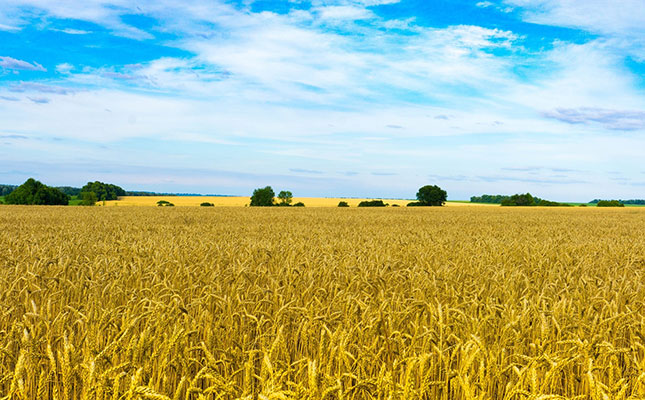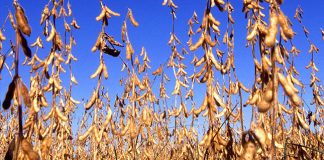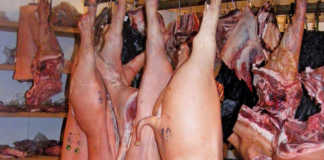
Photo: Pixabay
This was the result of drought conditions in some regions and excessive rainfall in others, as well as the Russia-Ukraine war, which was driving up energy and input costs, reported Reuters.
It was thus feared that stocks of staple foods such as rice and wheat would not be adequately replenished for at least the first half of 2023.
In addition, producers of oilseed crops in Latin America and Southeast Asia (used in the production of edible oils), were being severely affected by adverse weather conditions.
“The world needs record crops to satisfy demand. In 2023, we absolutely need to do better than [in 2022],” Ole Houe, a director of advisory services at agriculture brokerage IKON Commodities in Sydney, Australia, told Reuters.
“At this stage, it looks highly unlikely [that crop yields will satisfy demand], if we look at the global production prospects for grains and oilseeds.”
Despite wheat, maize and palm oil futures on international commodity exchanges falling from record or multi-year highs in recent times, prices on the retail market remained high, and constrained supplies were expected to support prices in 2023.
Food prices reached record highs this year, resulting in millions of people across the world suffering, especially those in poorer countries across Africa and Asia where populations were already facing hunger and malnutrition.
In addition, the cost of food imports was on course to reach almost US$2 trillion (about R17,3 trillion) for 2022, forcing people in poorer countries to reduce daily consumption.
Wheat futures on the benchmark Chicago Board of Trade spiked to an all-time high of US$13,64/bushel (R8 671/t) in March after Russia’s invasion of Ukraine.
At the same time, maize and soya bean prices climbed to their highest level in a decade, while Malaysia’s benchmark crude palm oil prices also reached a record high in March, according to Reuters.
However, by early December, wheat prices had dropped to levels seen before the Russia-Ukraine war, while palm oil lost about 40% of its value, amid fears of a global recession, China’s COVID-19 restrictions, and an extension of the Black Sea Grain Initiative.
Despite these challenges, farmers in some countries including India, China and Brazil had increased their plantings of grains and oilseeds to capitalise on higher global prices.
“Plantings are higher in several countries but the output is expected to remain subdued due to adverse weather and other factors,” said Houe.












